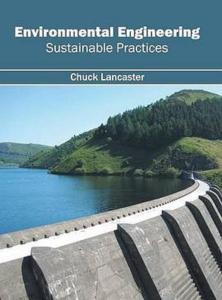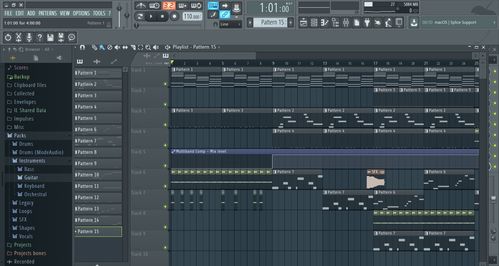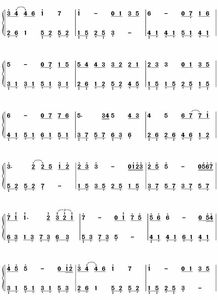说散就散歌词(袁娅维说散就散歌词)
Understanding Environment and Related Concepts
In the realm of English language and academic discourse, understanding the concepts of "environment," "surroundings," "condition," and their equivalents is essential for effective communication and comprehension. These terms are frequently used in various contexts, yet they often overlap or have subtle differences. This article aims to clarify these concepts, providing a comprehensive overview to help you navigate their meanings and usage.
Environment vs. Surroundings
The terms "environment" and "surroundings" both refer to the physical or natural setting in which something or someone exists. However, they differ in their scope and focus.
Surroundings: This term is more specific and refers to the immediate physical environment that surrounds a person or thing. It often includes tangible elements such as buildings, roads, natural landscapes, and other visible physical features. For example, when describing a place, "surroundings" emphasize the physical aspects of the location.
Environment: While "environment" also refers to the physical setting, it is a broader concept. It encompasses not only the tangible elements but also the intangible factors such as culture, society, and the emotional or psychological aspects. The term "environment" can also extend to cover both natural and artificial conditions that influence an entity's existence.
Condition vs. Environment
The distinction between "condition" and "environment" lies in their focus and the type of information they convey.
Condition: This term is more about the state or situation of something. It can refer to the specific requirements or circumstances needed for an event to occur, or the status of something in a particular context. For instance, in a medical context, "condition" might describe a patient's health status or the state of a treatment.
Environment: As mentioned earlier, "environment" is a broader term that includes the surrounding conditions. It can describe both the physical setting and the broader context, such as social or cultural influences. The term is often used in discussions about sustainability, pollution, and conservation.
Environment vs. Surrounding

To avoid confusion, it's important to recognize that "surroundings" and "environment" are often used interchangeably but have distinct nuances.
Surroundings: This term is more about the immediate, tangible physical environment. It is often used in a spatial sense, describing the layout or configuration of a space.
Environment: This term is more abstract and can encompass a wider range of factors, including both physical and non-physical elements. It is often used in discussions about ecological balance, climate change, and human impact on nature.
Nature vs. Environment
While "nature" and "environment" are closely related, they have distinct meanings.
Nature: This term refers to the natural world, including all living and non-living things, as well as the Earth's physical features. It emphasizes the inherent characteristics and processes of the natural world.
Environment: As discussed earlier, "environment" is a broader concept that includes both natural and artificial conditions. It can also refer to the human-made aspects that influence living organisms and ecosystems.
Environment vs. Circumstance
The terms "environment" and "circumstance" also have distinct uses.
Circumstance: This term refers to the conditions or circumstances that surround a particular event or situation. It is more about the context in which something happens, rather than the broader environment.
Environment: While "environment" can describe the conditions in which something exists, it is more comprehensive. It can encompass both the immediate circumstances and the broader context that influences them.
Weather vs. Climate vs. Condition vs. Environment
It's also important to differentiate between related terms like "weather," "climate," "condition," and "environment."
Weather: This refers to the short-term state of the atmosphere, including factors like temperature, precipitation, and wind.
Climate: This is a long-term average of weather patterns in a specific region, reflecting trends like humidity and rainfall levels.
Condition: As mentioned earlier, this refers to the state or circumstances of something, often in a specific context.
Environment: This is the broadest term, encompassing all factors that influence the existence and development of living organisms, including natural and artificial conditions.
Practical Applications
Understanding these distinctions is crucial for effective communication in various fields, including science, medicine, and education. For instance, in environmental science, precise terminology is essential for discussing topics like pollution control, biodiversity, and sustainable practices. In medicine, the differences between "condition" and "environment" can be critical when diagnosing or treating patients.
Conclusion
In summary, while "surroundings," "condition," and "environment" share similarities in their usage, they each have unique meanings and contexts. "Surroundings" focuses on the immediate physical environment, "condition" on specific states or circumstances, and "environment" on a broader range of factors, including both physical and non-physical elements. Understanding these distinctions allows for clearer communication and more precise expression in both academic and everyday contexts.
By familiarizing yourself with these concepts and their differences, you can enhance your ability to convey ideas effectively and engage in meaningful discussions across a wide range of disciplines. Remember to always consider the context in which these terms are used, as their meanings can shift depending on the subject matter and intended audience.
相关文章:
文章已关闭评论!










